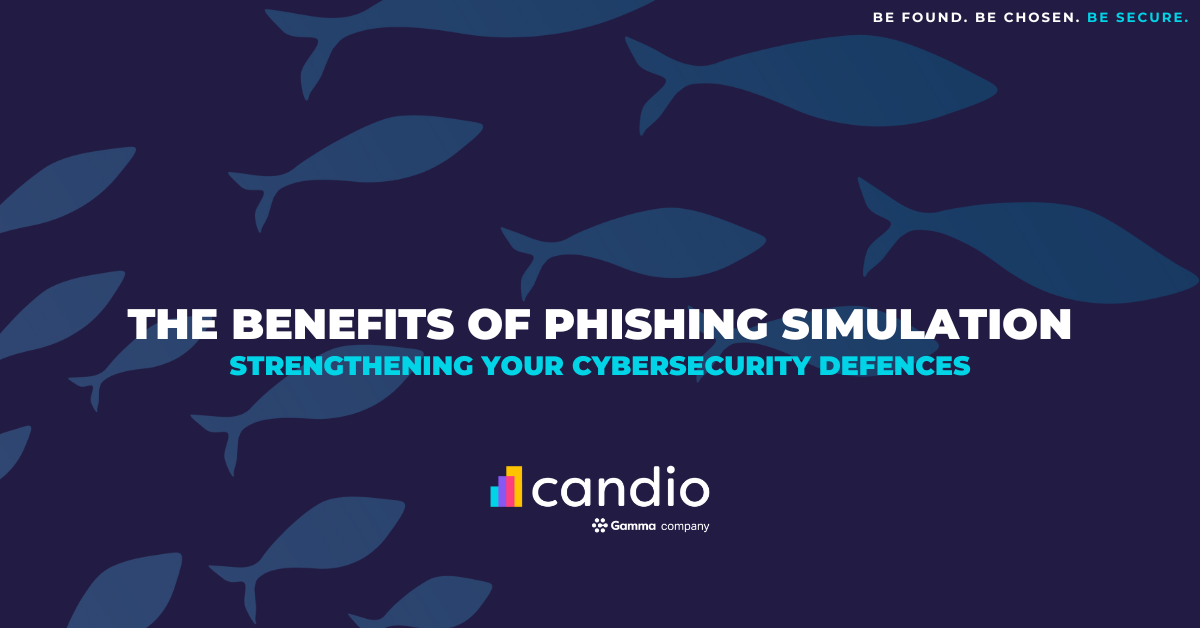In an era where cyber threats are omnipresent, businesses and individuals alike face a constant barrage of attempts to compromise their security. Among these threats, phishing remains one of the most prevalent and effective methods cybercriminals use to steal sensitive information.
To combat this growing menace, organisations are increasingly turning to phishing simulations as a proactive measure. Let’s explore the benefits of phishing simulations and why they are a critical component of modern cybersecurity strategies.
Understanding Phishing Simulation
Phishing simulation involves creating and executing fake phishing attacks on employees within an organisation to test their response and readiness. These simulations mimic real-world phishing tactics, providing a safe environment for employees to learn and recognise the signs of a phishing attempt without the risk of actual data breaches.
Enhanced Employee Awareness
One of the most significant benefits of phishing simulations is the heightened awareness they foster among employees. Regular exposure to simulated phishing emails helps employees recognise the hallmarks of phishing attempts, such as suspicious links, unexpected attachments, and urgent requests for sensitive information. This increased vigilance translates into a more secure workplace where employees are less likely to fall for real phishing attacks.
Real-Time Learning Opportunities
Phishing simulations provide real-time learning experiences that are far more impactful than traditional training sessions. When employees interact with a phishing simulation, they receive immediate feedback on their actions. This instant feedback loop helps reinforce best practices, such as not clicking on suspicious links or verifying the sender’s authenticity, making the lessons learned more memorable and actionable.
Identifying Vulnerabilities
By running phishing simulations, organisations can identify which employees or departments are more susceptible to phishing attacks. This information is invaluable for tailoring additional training and resources to those who need it most. Understanding these vulnerabilities allows an organisation to shore up its defences and address specific weaknesses before they can be exploited by actual cybercriminals.
Measuring the Effectiveness of Training Programmes
Phishing simulations serve as a litmus test for the effectiveness of an organisation’s cybersecurity training programmes. By analysing the results of these simulations, organisations can gauge how well their training efforts are translating into practical knowledge and safe behaviours. If certain types of phishing emails consistently trick employees, it may indicate a need to adjust training content or frequency.
Reducing the Risk of a Real Attack
The ultimate goal of phishing simulations is to reduce the risk of a successful real-world phishing attack. By regularly testing and training employees, organisations can significantly decrease the likelihood of a security breach caused by phishing. A well-informed workforce is one of the most effective defences against phishing, as employees can serve as the first line of defence in identifying and reporting suspicious activities.
Creating a Culture of Security
Phishing simulations help cultivate a culture of security within an organisation. When employees are regularly engaged with security training and aware of the latest phishing tactics, cybersecurity becomes a shared responsibility rather than just the domain of the IT department. This cultural shift ensures that everyone in the organisation is committed to maintaining a secure environment.
Compliance and Regulatory Benefits
Many industries are subject to stringent compliance and regulatory requirements regarding data protection and cybersecurity. Phishing simulations can help organisations meet these requirements by demonstrating a proactive approach to employee training and risk management. Regular simulations and documented improvements in employee responses can be crucial in audits and compliance reviews.
Conclusion
Incorporating phishing simulations into an organisation’s cybersecurity strategy is not just a good idea—it’s essential. These simulations enhance employee awareness, provide real-time learning opportunities, identify vulnerabilities, measure training effectiveness, reduce the risk of real attacks, foster a culture of security, and help meet compliance requirements. As cyber threats continue to evolve, phishing simulations will remain a vital tool in the ongoing battle to protect sensitive information and maintain robust cybersecurity defences.
Investing in phishing simulations today can save an organisation from the potentially devastating consequences of a successful phishing attack tomorrow.
By making cybersecurity a top priority and empowering employees to act as vigilant defenders, organisations can navigate the digital landscape with greater confidence and security.
